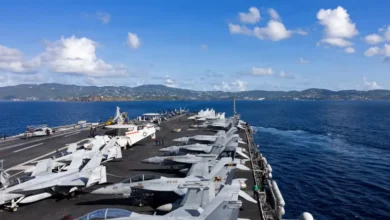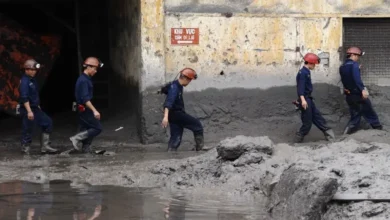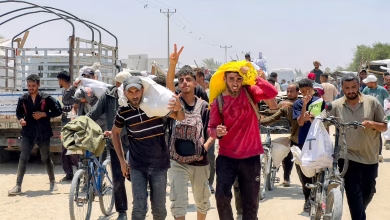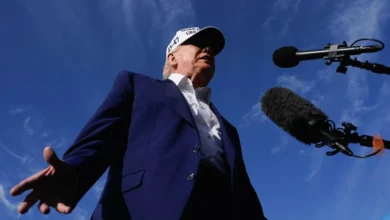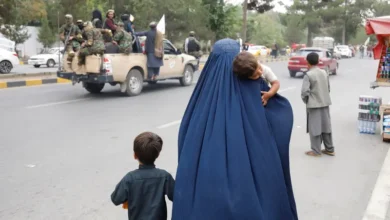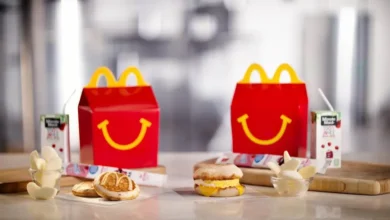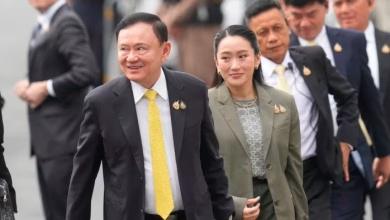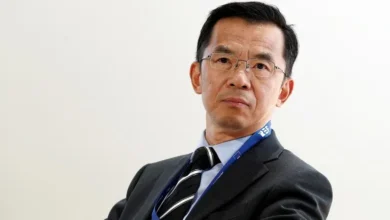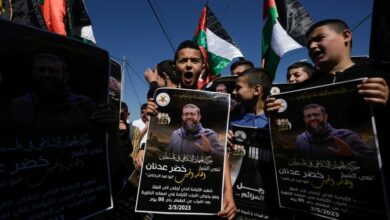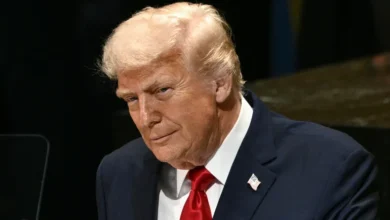Who will be the next pope after Francis? The selection process, what’s next
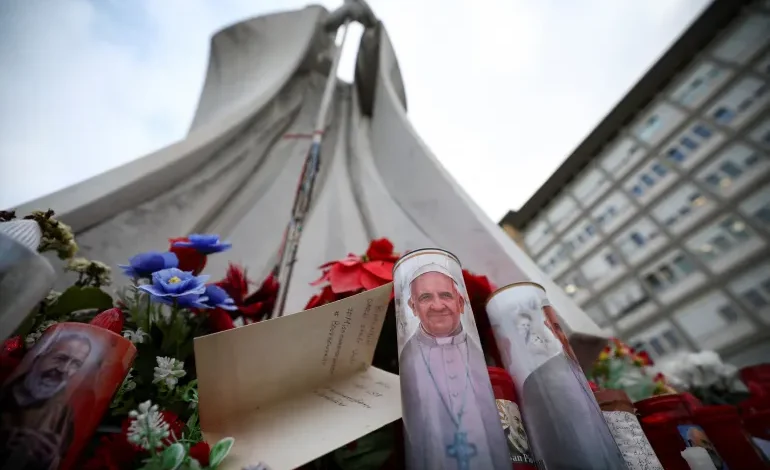
Pope Francis died on Monday morning, the Vatican announced, days after he was discharged from hospital after undergoing treatment for a complex respiratory infection. He was 88 years old.
His death, 12 years after he was declared pope, has prompted renewed questions about who will succeed him as leader of the Catholic Church, one of the oldest and largest religious institutions with up to 1.39 billion followers.Who will be the next pope?
A successor has yet to be chosen.
The College of Cardinals, comprised of senior Catholic clergy – many appointed by Francis himself – will elect the next pope. To be eligible, a candidate must be a baptised, male Roman Catholic, though for centuries, the cardinals have exclusively selected someone from their ranks.
There are currently more than 240 cardinals worldwide. They typically hold the title for life.How is a new pope chosen?
Cardinals below the age of 80, when the pope dies or resigns, vote in what is known as the papal conclave. To prevent outside influence, the conclave locks itself in the Sistine Chapel and deliberates on potential successors.While the number of papal electors is typically capped at 120, there are currently 135 eligible voters. Its members cast their votes via secret ballots, a process overseen by nine randomly selected cardinals. A two-thirds majority is traditionally required to elect the new pope, and voting continues until this threshold is met.When will the papal conclave start?
It usually happens two or three weeks after the death or resignation of the sitting pope. This allows for a nine-day mourning period and for cardinals to make their way to the Vatican from around the world.
The 2013 conclave that elected Pope Francis, the first pontiff from South America, began just 12 days after the resignation of his predecessor, Benedict XVI.
How long does it take to elect a new pope?
The process can take days, weeks or even longer, depending on how divided the cardinals are.Each day, the conclave can hold up to four rounds of voting to try to achieve the required two-thirds majority. If, after 33 rounds, there is still no decision, the top two candidates face off in a run-off vote.
The elections of the last three popes have been relatively quick, with each lasting only several days.
But historically, elections have sometimes dragged on much longer, with the papal conclave that elected Pope Gregory X in 1271 taking nearly three years due to fierce political wrangling.
Who are the top candidates to become the next pope?
Of the 135 cardinals eligible to vote in the conclave, a total of 108 were appointed by Pope Francis. This group is notably more diverse than previous electors, with a higher representation from Asia, Africa and Latin America, reflecting Francis’s goal of mirroring the Church’s global reach. The youngest cardinal elector is only 45 years old, a Ukrainian clergyman based in Australia.
